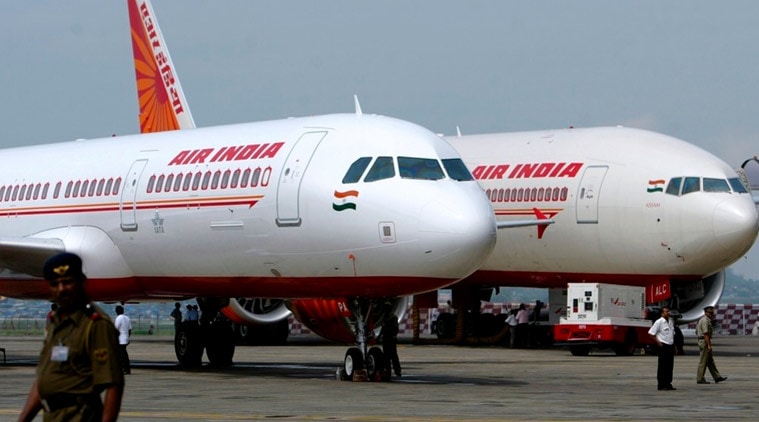Stay updated with the latest - Click here to follow us on Instagram
Air India votes to elect just 2 unions
The Air India move is parallel to a similar procedure followed by the Indian Railways, which reduced the number of unions from 34 to two in 2007.
 A committee headed by Krishna Mohan Sahni (former secretary, Ministry of Labour) had submitted its report to Air India recommending modalities for the rationalisation drive in April this year.
A committee headed by Krishna Mohan Sahni (former secretary, Ministry of Labour) had submitted its report to Air India recommending modalities for the rationalisation drive in April this year.
Over two years after the proposal was first mooted and 10 court cases later, Air India last week held elections to cut the number of recognised unions in the airline from the current 15 to two. The results will be announced on August 26.
“Several unions were opposing the move on fear of being derecognised. Ten court cases were filed across Delhi, Mumbai and Chennai high courts and the Supreme Court. But we managed to successfully hold the elections last week,” said a senior executive who did not wish to be identified.
Air India has drawn up a blueprint to rationalise the number of recognised unions in the airline to two — one for pilots and the other for all other employees. The selection of the two unions, done through an electoral process, has been designed to ensure efficient decision-making during negotiations between the management and union representatives. The airline’s two subsidiaries — Air India Engineering Services Limited (AIESL) for maintenance repair and overhaul and Air India Air Transport Services Limited (AIATSL) for ground handling — would have between them another three recognised unions.
“The turnout was good. As many as 83 per cent of the employees cast their votes,” said the executive.
Air India currently has around 21,000 employees (including those at AIESL and AIATSL). The Air India move is parallel to a similar procedure followed by the Indian Railways, which reduced the number of unions from 34 to two in 2007.
“According to the electoral norms decided upon, if any union gets more than 50 per cent of the votes, it would be recognised by the management. If, however, a union ends up with 35 per cent of the votes, there could be one major and one minor union. So, theoretically, there is a chance that the main airline body and AIESL can have four instead of two unions each. But for all practical purposes, the intention is to have five recognised unions between Air India and its two subsidiaries,” said another executive in the airline.
A committee headed by Krishna Mohan Sahni (former secretary, Ministry of Labour) had submitted its report to Air India recommending modalities for the rationalisation drive in April this year. The committee members talked with a cross-section of people and took into account the views of all factions.
An industry insider who did not wish to be identified said, “Fewer unions mean they would have higher bargaining power to get their legitimate demands accepted, rather than one being pitted against the other. Multiplicity of unions helps none other than, perhaps, union leaders.”
Debilitating strikes by unions have severely hampered AI’s operations in the past.







